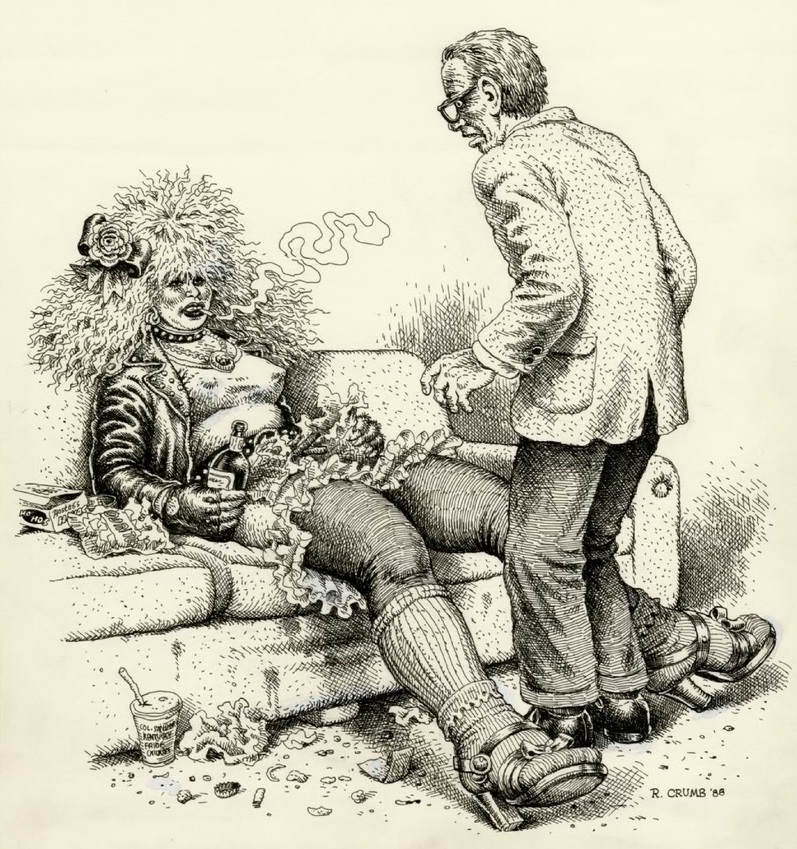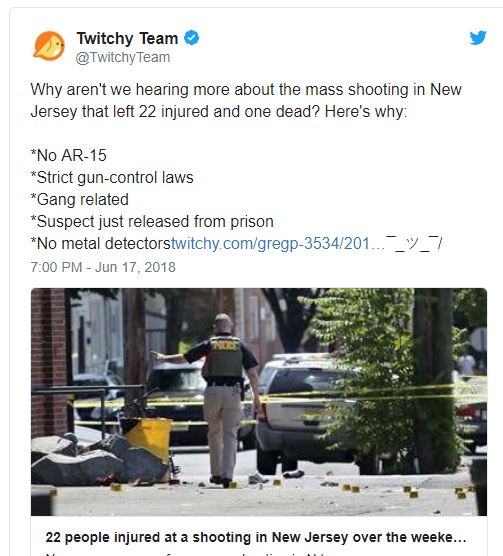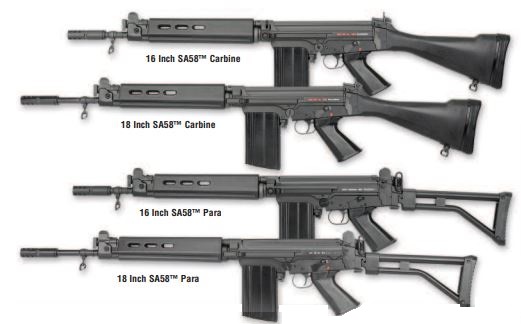
Your suggestions in Comments. (By the way, I love R. Crumb’s cartoons.)


Your suggestions in Comments. (By the way, I love R. Crumb’s cartoons.)
Ranked in ascending order of horrible:
Your suggestions in Comments.
Question asked, and answered:

Any two of those factors would probably have muted mainstream media coverage, but with five?
[crickets chirping]
In our rush to save money, we often end up causing ourselves far bigger problems. Here’s one example:
A common blood pressure drug has been recalled worldwide and production has stopped after it was found to contain a cancer-causing chemical.
The drug Valsartan, made in a factory in China, was recalled in 22 countries including the UK and the US earlier in July, but the warning is now worldwide.
Investigators found a chemical used in rocket fuel, called N-Nitrosodimethylamine, had contaminated the drug’s production at Zhejiang Huahai, a Chinese supplier which ships the medicine worldwide.
N-Nitrosodimethylamine is thought to be carcinogenic, meaning it could cause cancer in humans, so production of the pills has stopped.
China’s National Health and Family Planning Commission said yesterday that the drug must not be used for diagnosis or treatment, and the pills have already been banned in the UK and US.
Experts say the contamination could date back as far as 2012, when the company changed its manufacturing process.
The main manufacturer in China is Zhejiang Huahai, which was founded in 1989 and listed on the Shanghai stock exchange in 2003, was one of the first Chinese companies to get drugs approved in the US market.
Let’s hear it for the U.S. Food and Drug Administration…
Overall, more than two-thirds of all active drug ingredients originate in China and India, industry experts estimate, with China accounting for the lion’s share.
The revelation that the problem with Valsartan likely dates back to changes in manufacturing processes at Zhejiang Huahai Pharmaceutical six years ago suggests many patients could potentially have been exposed to cancer risk.
I’ve been taking Valsartan every day for well over ten years. At a rough guess, that’s around four thousand pills.
Here’s a good pointer as to when a society starts falling apart: when the police don’t bother to arrest petty criminals.
[British] Police are encouraging shop workers to detain thieves themselves with a ‘citizen’s arrest’, sparking an angry backlash from critics who accuse them of asking civilians to do their job for them.
Several forces have outlined how employees can take the law into their own hands, saying shoplifters can be detained if they are ‘reasonably suspected’ of committing a crime.
There is a suspicion that a spike in offences is being fuelled by hardcore shoplifters who have little fear of being caught.
Shocking figures have revealed thefts from shops have risen by almost a third over the past decade. Businesses across England and Wales recorded more than 382,100 last year – more than 1,000 every day. Yet the majority of police forces refuse to attend incidents if the goods stolen are worth less than £200.
Victims are instead told to report the crime online or via the non-emergency number 101 for ‘intelligence’ only, meaning it is unlikely to be investigated.
Of course, even if you do catch one of these criminals and make a citizen’s arrest — why would the Brits put the expression in quotes? — there’s no guarantee that the rozzers will show up anyway:
Have-a-go heroes who chased and caught a suspected thief were forced to let him go because police they were ‘too busy’ to arrest him.
The shopkeepers were bemused to be told by a police control room operator there was no-one to send despite the village’s police station being less than a mile away.
The business owners detained the man for up to 40 minutes in Lyndhurst, Hampshire, before releasing him.
Should have zip-tied the little prick to a parking meter and left him there to rot till the cops showed up.
And of course, gawd forbid that anyone should actually lay a hand on a criminal (e.g. by beating him with a cane) because oh no: only the police can beat people up in custody. Thus my own remedy (two days in the stocks followed by a severe whipping) would probably cause these pussies to clutch their pearls and faint. And ditto any attempt to take matters into your own hands in any other way:
A shop manager has put up posters of suspected shoplifters in his window after becoming fed up with a lack of action to the petty crime by the police.
John Keppie blew up CCTV images and placed home-made posters bearing the word ‘thief’ in his Bournemouth shop window after he says three girls spat in his face and stole drinks.
The Sweet Thoughts boss in Dorset said he took action after police failed to investigate, despite being offered the footage. But he claims officers have now warned him he could be fined for the posters.
Mr Keppie said that since the three posters appeared he has received a telephone call from the police telling him he isn’t allowed to have them up. He could be in breach of the Data Protection Act (2018) and liable to a fine.
And by the way: if you have a blood pressure problem, you will not want to read the rest of this linked article.
So yeah: if you take away fear of punishment, of course the crime rate is going to rise. Only in a failing state would this not be self-evident.
If you’re trying to reduce crime, what’s needed is not less, but even more prosecution — see then-NYC-AG Rudolph Giuliani’s “broken windows” policy, and its results.
It’s sad to see a once-great nation degenerate into one big chaotic crime scene.
So now that the Gummint has admitted that small-caliber guns are not “military” equipment, I think it’s time to look at a couple decent “civilian” rifles, which I will do here, and again over the next few days or so.
Everyone has written or is writing about the Usual Suspects (AR-15, AK-47 etc.), so I’ll look at what I think are viable alternatives.
Here, for example, is the SA-58 line in the manly 7.62x52mm NATO caliber from DSArms:

This should trigger all sorts of memories among men Of A Certain Age who served with it as the FN-FAL in various European armies during the mid-20th century period. As the L1A1 it was the rifle of choice in the British and Commonwealth armies and as the R1, it was the standard-issue rifle during my time in the Seffrican Army (SADF). While my particular rifle was an absolute pig (shot-out barrel and a quirky mag release, to name but two “features”), that shouldn’t prevent anyone from getting one now.
And any gun designed by Dieudonné Saive (he of the improved Browning High Power design) should always be afforded a respectful hearing.
The biggest knock against the FN was its unreliability in dusty conditions (it’s the main reason the Israelis dumped it in favor of the Galil), although it should be said that later versions performed much better in this regard. (For an overview of the FN-FAL, go here.)
As far as I’m concerned, its main problem is its weight — as I recall, mine (with a 21″ barrel, don’t ask) weighed in at just under 6kg (13lbs) unloaded — but I see that DSA has got their modern version down to a far more manageable 8.25lbs, which is good news.
You can get it still lighter with some versions, but then the lighter frame doesn’t handle the 7.62’s recoil as well. Newton will not be denied. Here’s what we’re talking about:

I’m not a big fan of the collapsible (“paratrooper”) stock, but I will grant that this feature allows for easier storage and carrying. You may want to invest in a shoulder pad, however, if you’re going to have an extended range session with this puppy.
The FN-FAL doesn’t compete with the AR-15 much, because it’s more of a rifle for wide-open spaces, as opposed to short-range urban activities where it’s disadvantaged compared to its smaller counterparts. I do think, though, that it’s a better rifle than Stoner’s AR-10 because it handles recoil better.
The only thing you need to know about the SA-58 is that it’s based on the “metric dimension” of the Steyr version, so it can’t use parts from “inch-dimensioned” variants common in the U.S. and Canada.
Would I take an SA-58 today over an AR-15? If it was the shorter-barreled Combat Tactical Carbine (CTC) version, in a heartbeat. (And I should also note that it’s a bear to make the basic FN tacti-cool, but the CTC makes it easy.)

Would I take an SA-58 over an AK47? Probably not — unless I was facing the prospect of open-country (ergo longer-range) shooting. Then, I believe the 7.62x51mm cartridge is a much better choice than the shorter 7.62x39mm, and I’d forego the CTC for the 18″-barreled fixed-stock option, and just pump iron for a few weeks first so I could handle the extra weight [sigh].
As always, comments are welcome.